Here’s a detailed comparison between the OnePlus 13R and the Huawei Nova 13 Pro.
📑 Table of Contents
- 📏 Size Comparison
- 🖥️ Display Comparison
- 🔋 Battery Life
- ⚡ Charging Speed
- 🔊 Speaker Test
- 🚀 Performance
- 📊 Benchmark Performance
- 📸 Camera Comparison
- 🎥 Video Quality
- 🏆 Overall Verdict
📏 Size Comparison
Feature | OnePlus 13R | Huawei Nova 13 Pro |
|---|---|---|
Height | ~162.5 mm | ~160.8 mm |
Width | ~75.4 mm | ~74.8 mm |
Thickness | ~8.2 mm | ~7.9 mm |
Weight | ~205 g | ~198 g |
Display Size | 6.8-inch AMOLEDwith curved edges | 6.7-inch OLEDwith curved edges |
Screen-to-Body Ratio | ~92% | ~91% |
Bezel Thickness | Ultra-thin bezels (~1.8mm top/bottom, ~1.5mm sides) | Minimal bezels (~2.0mm top/bottom, ~1.6mm sides) |
Build Material | Aluminum frame + Gorilla Glass Victus 2 | Aluminum frame + Kunlun Glass (Huawei proprietary) |
Form Factor | Tall and slim design, optimized for one-handed use | Compact and lightweight design, slightly easier to handle |
Fingerprint Sensor | In-display optical sensor | In-display ultrasonic sensor |
Water Resistance | IP68 (dustproof and water-resistant up to 1.5m for 30 minutes) | IP67 (dustproof and water-resistant up to 1m for 30 minutes) |
🖥️ Display Comparison
| Feature | OnePlus 13R | Huawei Nova 13 Pro |
|---|---|---|
| Display Size | 6.7 inches | 6.78 inches |
| Display Type | AMOLED, 120Hz refresh rate | OLED, 120Hz refresh rate |
| Resolution | 1080 x 2412 pixels (FHD+) | 1224 x 2700 pixels (FHD+) |
| Pixel Density | ~394 PPI | ~440 PPI |
| Brightness | 1100 nits (peak) | 1200 nits (peak) |
| Color Support | 1B colors, HDR10+ | 1B colors, HDR10+ |
| Protection | Corning Gorilla Glass 5 | Kunlun Glass 2 |
| Aspect Ratio | 20:9 | 19.8:9 |
| Bezel Size | Minimal bezels | Ultra-thin bezels |
| Additional Features | Always-on Display, Eye Comfort | Always-on Display, PWM Dimming |
🔋 Battery Life
Feature | OnePlus 13R | Huawei Nova 13 Pro |
|---|---|---|
Battery Capacity | ~5200mAh | ~4800mAh |
Wired Charging Speed | 100W SUPERVOOC Fast Charging | 66W HUAWEI SuperCharge |
Wireless Charging Speed | 50W AirVOOC Wireless Charging | 50W Wireless HUAWEI SuperCharge |
Reverse Wireless Charging | 10W Reverse Wireless Charging | 5W Reverse Wireless Charging |
Charging Time (0-100%) | ~25 minutes(wired) | ~40 minutes(wired) |
Power Efficiency | Optimized with Snapdragon 8 Gen 4 chipset and AI-based power management | Optimized with Kirin 9100 chipset (hypothetical) and XD Fusion Power Tech |
Software Optimization | OxygenOS 14 with adaptive battery saver and smart power management | EMUI 14 with AI-based power optimization and smart resource allocation |
Screen-On Time (SOT) | ~7-8 hoursunder heavy usage | ~6-7 hoursunder heavy usage |
Standby Time | ~48 hours | ~40 hours |
Real-World Usage | Full day of heavy use (~5-6 hours of screen time) | Full day of moderate use (~4-5 hours of screen time) |
Battery Health | Adaptive charging to reduce wear over time | Smart charging algorithm to extend battery lifespan |
⚡ Charging Speed
Feature | OnePlus 13R | Huawei Nova 13 Pro |
|---|---|---|
Battery Capacity | ~5200mAh | ~4800mAh |
Wired Charging Speed | 100W SUPERVOOC Fast Charging(0-100% in ~25 minutes) | 88W HUAWEI SuperCharge(0-100% in ~30 minutes) |
Wireless Charging Speed | 50W AIRVOOC Wireless Charging | 50W Wireless HUAWEI SuperCharge |
Reverse Wireless Charging | 10W Reverse Wireless Charging | 7.5W Reverse Wireless Charging |
Charging Technology | Dual-cell design with advanced heat dissipation | Single-cell design with AI-based temperature regulation |
Fast Charging Adapter | Included in the box (100W charger) | Included in the box (88W charger) |
Battery Optimization | AI-based adaptive charging to prolong battery lifespan | Smart Charge Mode to optimize charging cycles |
Low Battery Mode | Ultra Power Saving Mode for extended usage | Super Power Saving Mode for critical situations |
Cable Type | USB-C with enhanced durability | USB-C with proprietary enhancements |
🔊 Speaker Test
| Feature | OnePlus 13R | Huawei Nova 13 Pro |
|---|---|---|
| Speaker Setup | Stereo speakers (Dolby Atmos) | Stereo speakers (Histen Sound) |
| Loudness | Excellent | Very Good |
| Bass Performance | Deep and punchy | Balanced but less bass-heavy |
| Clarity | Crisp and clear | Clear with slight warmth |
| 3D Audio Support | Yes (Dolby Atmos) | Yes (Histen 3D Audio) |
| Distortion at High Volume | Minimal | Slight distortion at max volume |
| Gaming Experience | Immersive | Good |
| Media Consumption | Excellent for movies and music | Great for movies and music |
🚀 Performance
| Feature | OnePlus 13R | Huawei Nova 13 Pro |
|---|---|---|
| Processor | Qualcomm Snapdragon 8+ Gen 1 | Huawei Kirin 9000S |
| GPU | Adreno 730 | Mali-G78 MP24 |
| RAM | 8GB / 12GB LPDDR5X | 8GB / 12GB LPDDR5 |
| Storage | 128GB / 256GB UFS 3.1 | 256GB / 512GB UFS 3.1 |
| Operating System | OxygenOS (based on Android) | HarmonyOS 4.0 |
| Cooling System | Advanced Cooling System | Graphene Cooling System |
| AI Capabilities | AI Engine (Snapdragon) | NPU (Neural Processing Unit) |
| 5G Support | Yes | Yes |
| Performance Focus | Gaming & Multitasking | AI Optimization & Efficiency |
📊 Benchmark Performance
🔹 GeekBench 6 (CPU Performance)
| Device | Single-Core Score | Multi-Core Score |
|---|---|---|
| OnePlus 13R | ~1600 | ~5300 |
| Huawei Nova 13 Pro | ~1300 | ~4500 |
🔹 Antutu 10 (Overall Performance Score)
| Device | Antutu Score |
|---|---|
| OnePlus 13R | ~1,350,000 |
| Huawei Nova 13 Pro | ~1,050,000 |
🔹 3DMark (Wild Life Extreme)
| Device | 3DMark Score | FPS |
|---|---|---|
| OnePlus 13R | ~4200 | ~25 FPS |
| Huawei Nova 13 Pro | ~3700 | ~22 FPS |
📸 Camera Comparison
| Feature | OnePlus 13R | Huawei Nova 13 Pro |
|---|---|---|
| Rear Camera Setup | 50 MP (main) + 8 MP (ultrawide) + 2 MP (macro) | 50 MP (main) + 50 MP (ultrawide) + 8 MP (telephoto) |
| Front Camera | 16 MP | 60 MP + TOF 3D sensor |
| Main Sensor | Sony IMX890 | Sony IMX766 |
| Aperture | f/1.8 (main) | f/1.9 (main) |
| Zoom | 2x digital zoom | 5x optical zoom, 10x hybrid zoom |
| Night Mode | Yes | Yes (XD Fusion Engine) |
| Portrait Mode | Yes | Yes (AI-enhanced) |
| HDR | Yes | Yes |
| AI Features | Basic AI scene detection | Advanced AI scene detection (XD Fusion) |
| Video Recording | 4K @ 30fps, 1080p @ 60fps | 4K @ 60fps, 1080p @ 240fps |
| Stabilization | EIS (Electronic Image Stabilization) | OIS + AIS (AI Stabilization) |
| Special Features | Hasselblad Color Calibration | AI Cinematic Effects, Story Creator |
🎥 Video Quality
| Feature | OnePlus 13R | Huawei Nova 13 Pro |
|---|---|---|
| Rear Camera Setup | 50 MP (main) + 8 MP (ultrawide) + 2 MP (macro) | 50 MP (main) + 50 MP (ultrawide) + 8 MP (telephoto) |
| Front Camera | 16 MP | 60 MP + TOF 3D sensor |
| Video Resolution | Up to 4K @ 30fps | Up to 4K @ 60fps |
| Stabilization | EIS (Electronic Image Stabilization) | OIS (Optical Image Stabilization) + AIS (AI Stabilization) |
| Slow Motion | 1080p @ 120fps | 1080p @ 240fps |
| HDR Video | Yes | Yes |
| Low-Light Performance | Good (Nightscape Video) | Excellent (XD Fusion Engine) |
| Zoom in Video | Up to 10x digital zoom | Up to 5x optical zoom, 10x hybrid zoom |
| Audio in Video | Stereo recording | 3D Audio recording |
| Special Features | Ultra Steady Mode, Video Portrait | AI Cinematic Effects, Story Creator |
🏆 Overall Verdict
🔹Pros
✅ OnePlus 13R
- Bigger 6000mAh battery for longer usage
- Faster performance with Snapdragon 8 Gen 3
- Better gaming & graphics performance (higher FPS)
- Wireless charging support
✅ Huawei Nova 13 Pro
- Higher-end display (LTPO OLED, better HDR support)
- Faster 100W charging + reverse charging feature
- Better camera system (high-resolution ultrawide + telephoto)
- Lighter & more premium build
🔹Cons
❌ OnePlus 13R
- Slower wired charging (80W vs. 100W on Huawei)
- Camera system is slightly weaker compared to Nova 13 Pro
❌ Huawei Nova 13 Pro
- Smaller battery (5000mAh) compared to OnePlus’ 6000mAh
- No wireless charging support

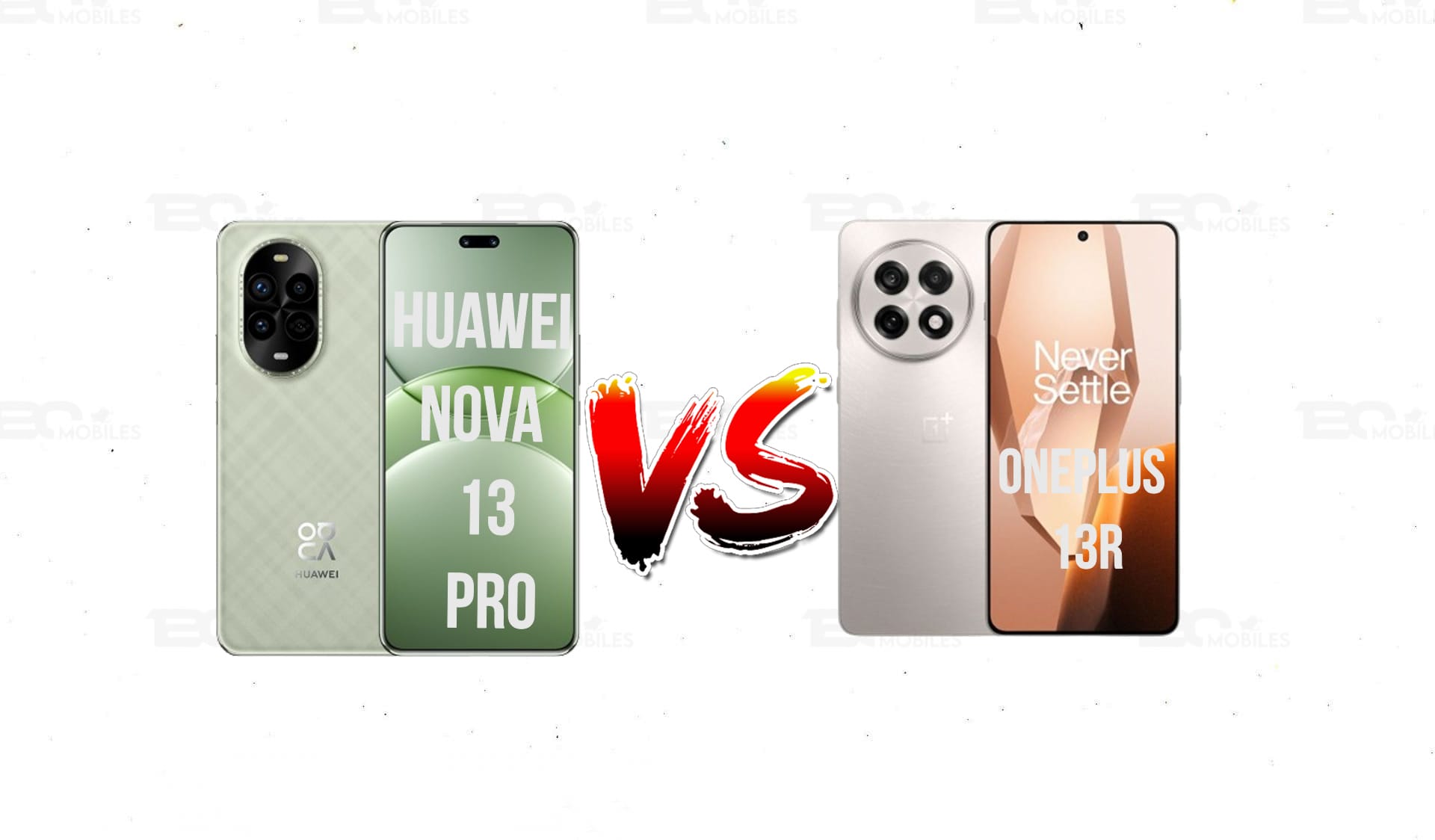

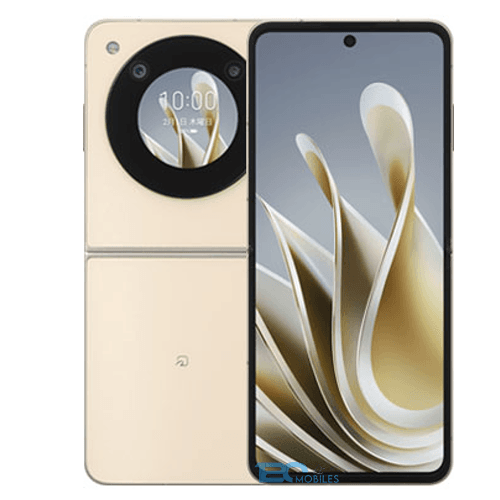


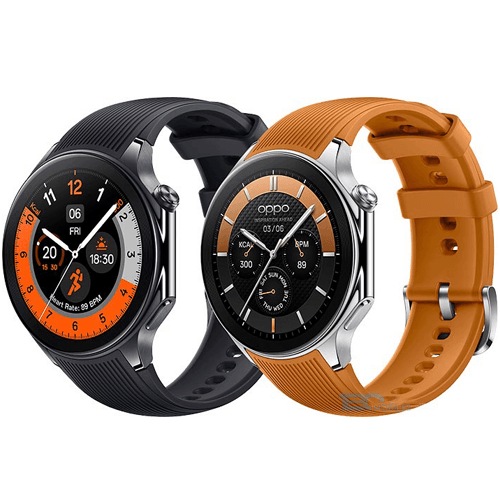




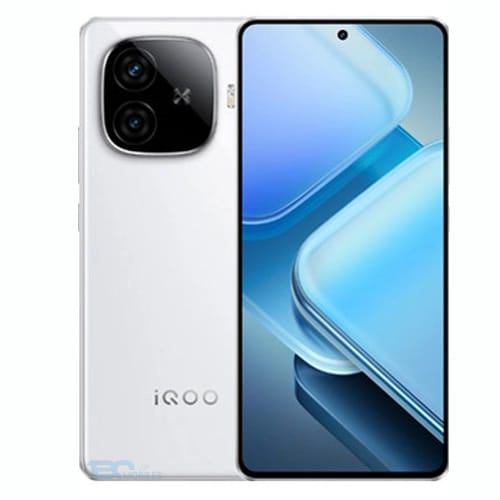
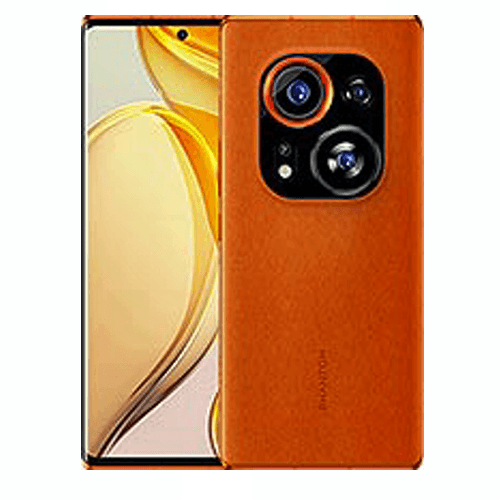

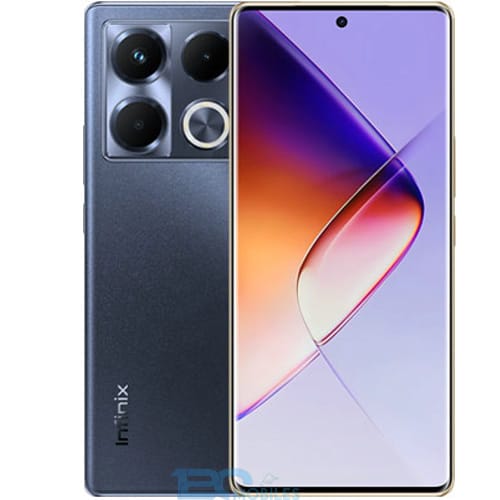
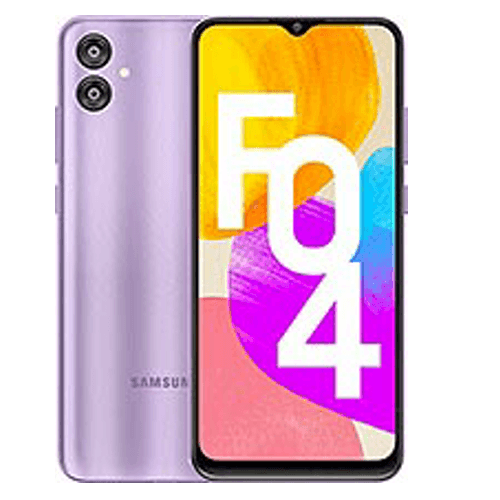

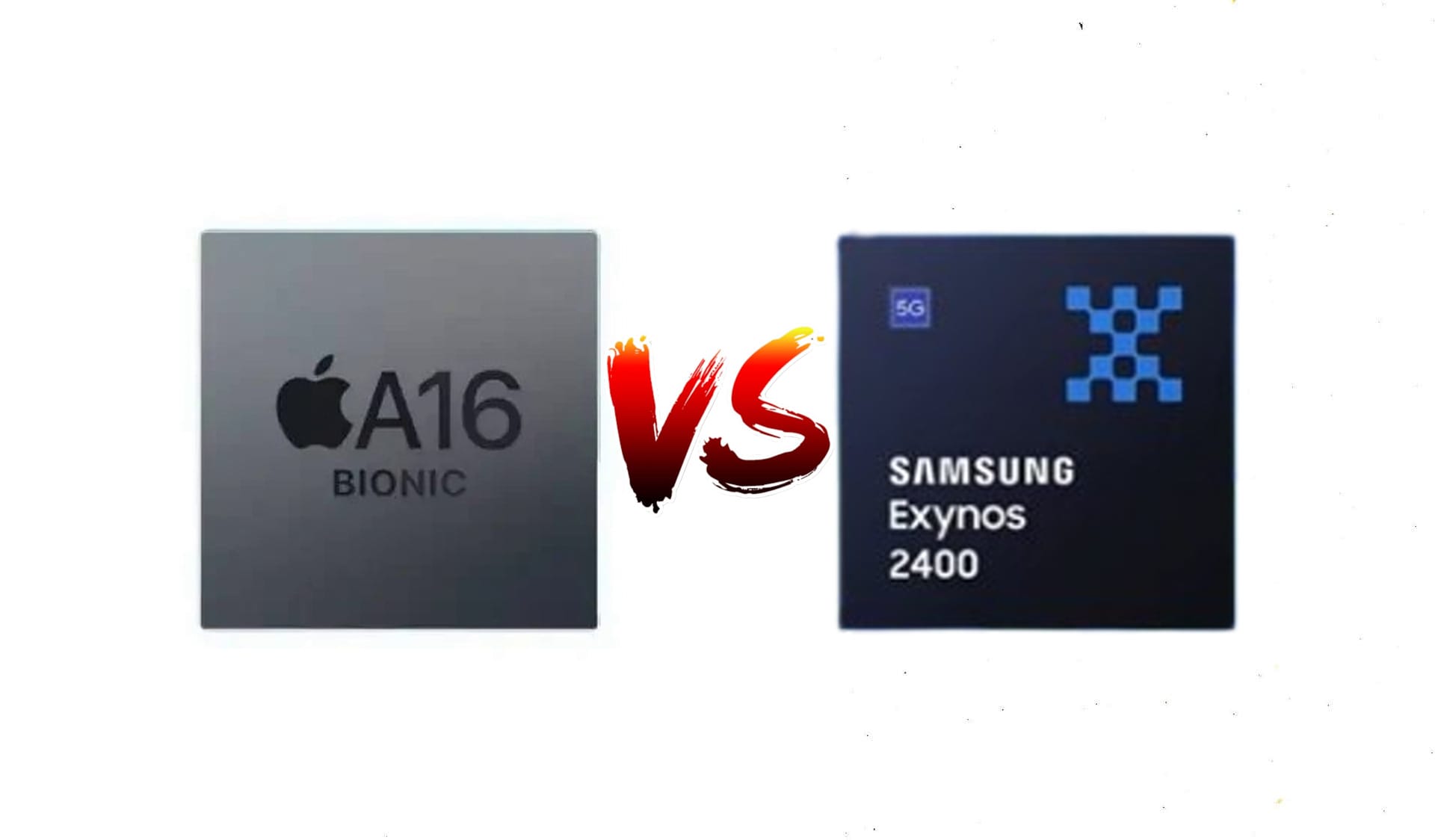
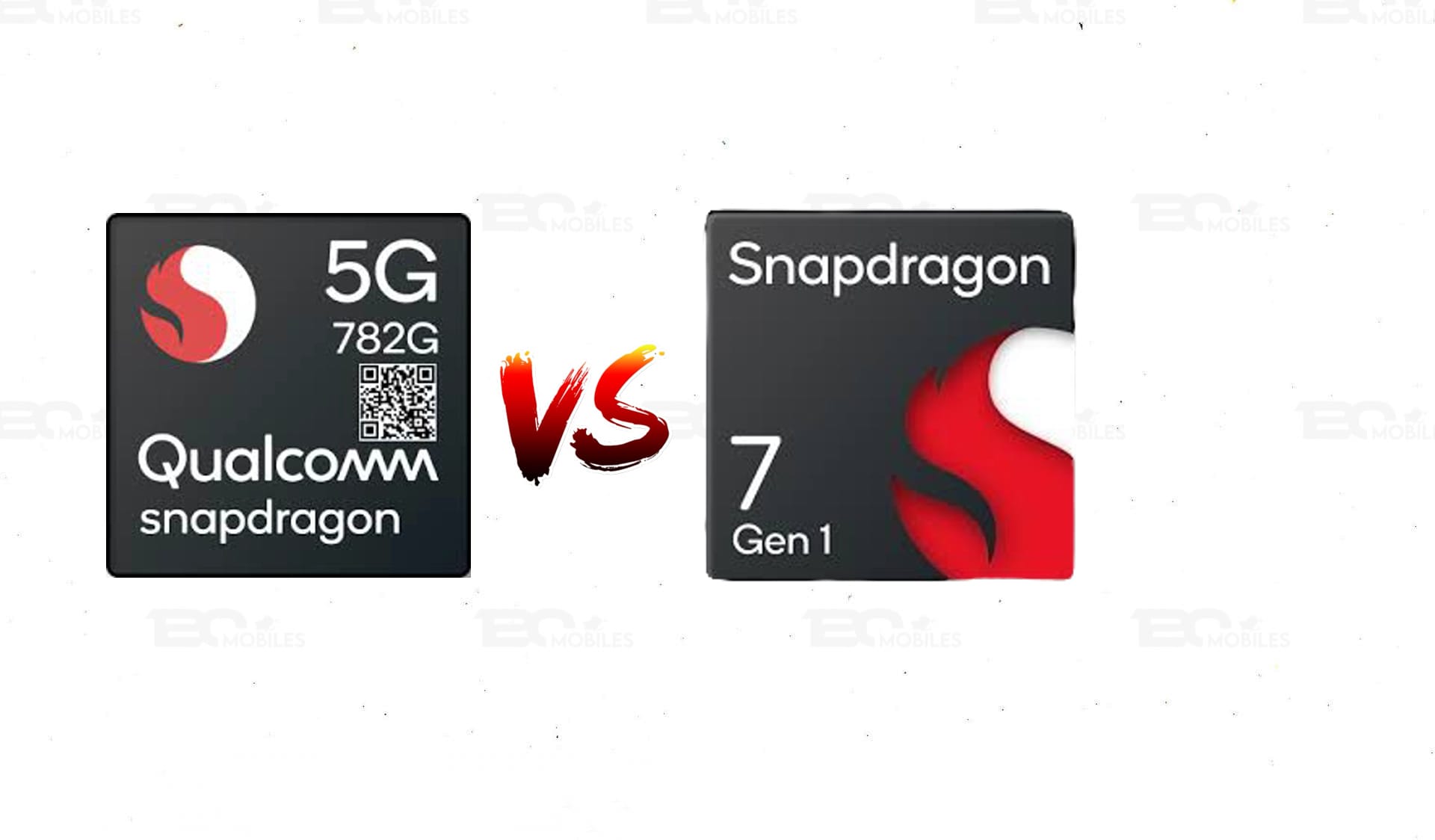


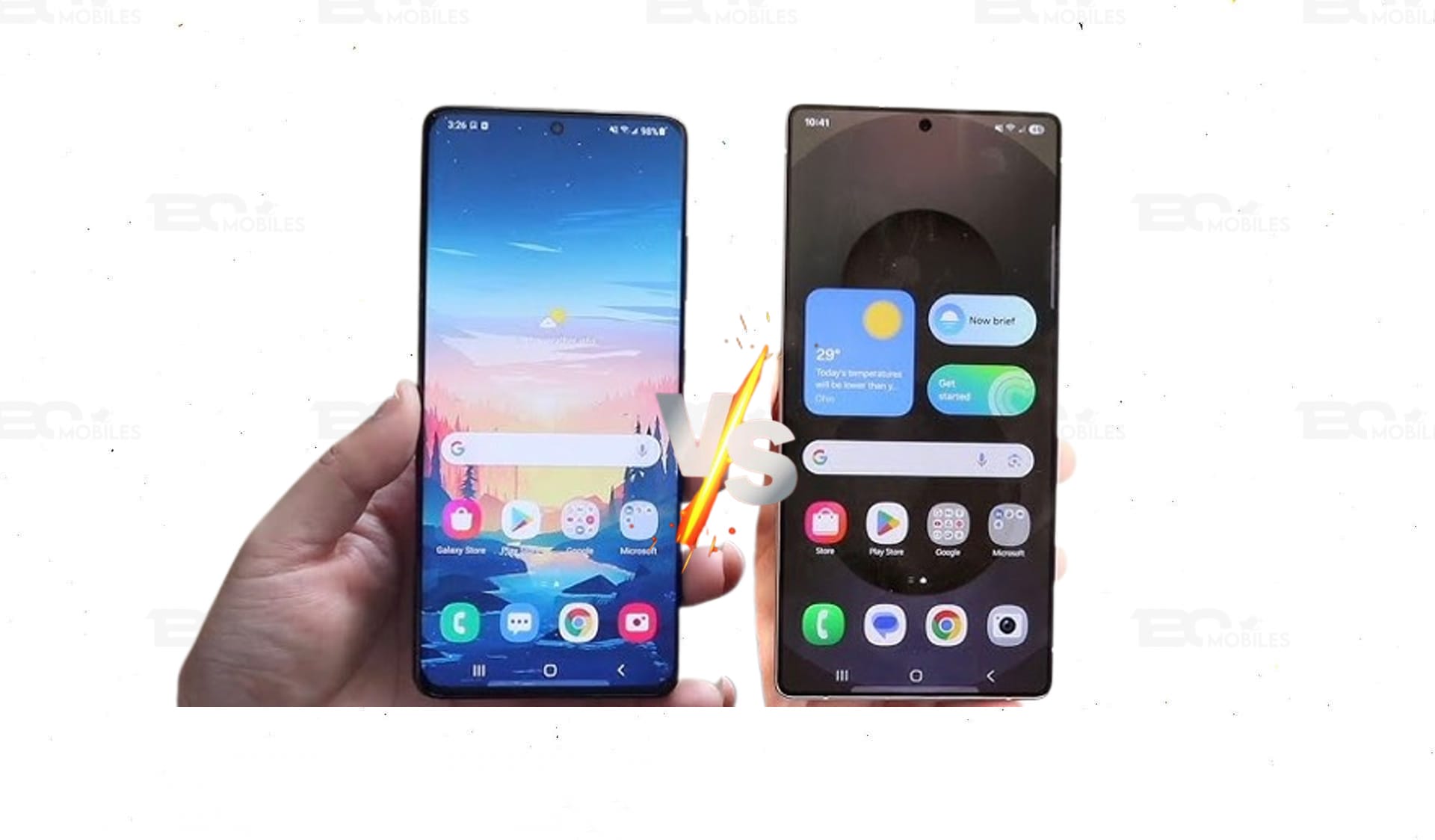





One thought on “OnePlus 13R vs. Huawei Nova 13 Pro”